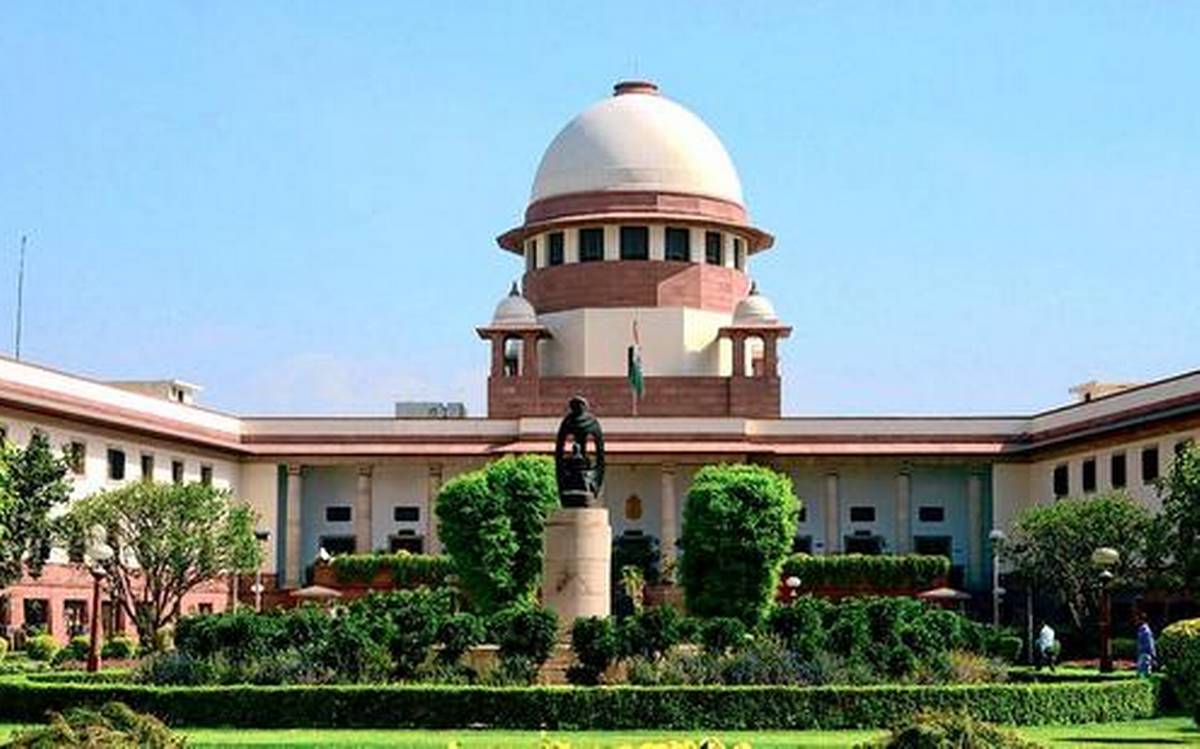New Delhi, October 6
It is a “fact of life” that even after around 75 years those belonging to SC and ST have not been brought to the same level of merit as the forward classes, the Centre told the Supreme Court on Wednesday.
Attorney General K K Venugopal told a bench headed by Justice L Nageswara Rao that it is “more difficult” for those belonging to the Scheduled Castes (SCs) and Scheduled Tribes (STs) to get a higher post in group A category of jobs and time has come when the apex court should give some “concrete basis” for SC, ST and Other Backward Class (OBCs) to fill up vacancies.
The top court, which was hearing arguments on the issue relating to reservation in promotions to the employees belonging to SC and ST, said it finds from the data that representation is low in group A jobs and it is “not fair” that instead of improving it, adequate representation is being ensured in group B and C categories.
“We are finding that in group A, the representation is low. Therefore, by accommodating, instead of improving the representation in group A, you are ensuring that there is adequate representation in group B and C. This is not fair. This is the argument of the government,” observed the bench, also comprising Justices Sanjiv Khanna and B R Gavai.
The observation by the bench came after Additional Solicitor General (ASG) Balbir Singh, appearing for the Centre, referred to the data.
During the hearing, Venugopal said that in group A and B jobs, there is under representation while in group C and D, there is over representation.
“That is a fact of life because we are not being able, after 75 years, to bring the SCs and STs to the same level of merit as the forward classes,” he said, adding, “It is more difficult for the SCs and STs to get the higher post which is in A and B.”
He said in category A, they have to go to a higher level on their own merit and therefore, efficiency is looked into and backwardness is not relevant there.
“Time has come for your lordships to give concrete basis for the SC, ST and OBC to fill up vacancies,” he said.
The bench made clear that it is not dealing with the issue of OBCs and the issue relates to reservation in promotion to SCs and STs.
The Attorney General said that as per the Department of Personnel and Training (DoPT), there are about 5,000 cadres in the central government and 53 departments.
Venugopal said they would file an affidavit in the matter.
ASG Singh told the bench that data from 1965-2017 has been given in case of groups A, B, C and D which indicates that in group A and B there is shortage and possibly in group C and certainly in D, there is over reservation.
“There cannot be over reservation at all,” the bench observed, adding this is the data pertaining to initial joining posts as well as the promotional posts.
Singh also referred to data of 19 ministries as on January 1 this year.
“From the data that you have given, there are certain classes where the figures are more than what is prescribed. So, if you solely go by this, then there is an imperative need for discontinuing reservation in those classes. Is it not?” observed the bench, which would continue hearing arguments in the matter on Thursday.
The apex court had on Tuesday asked the Centre as to what exercise it has undertaken to justify decisions to grant quota in promotions to the employees belonging to the SC and ST on counts such as they have inadequate representation in jobs and the reservation will not adversely impact the overall administrative efficiency.
Venugopal had referred to the apex court judgements right from the Indra Sawhney verdict of 1992, popularly known as Mandal Commission case to the Jarnail Singh verdict of 2018.
The Mandal judgement had ruled out quota in promotions.
The law officer had said that till 1975, 3.5 per cent SCs and 0.62 per cent of STs were in government employment and this is the average figure.
Now in 2008, the figure of SCs and STs in government employment has come to 17.5 and 6.8 per cent respectively which are still low and justify such quota, he had said.
The top court had on September 14 said it would not reopen its decision on granting reservation in promotions to the SCs and STs as it was for the states to decide how they implement it.
Earlier, Maharashtra and other states had said the promotions have been made in unreserved categories, but promotions have not been granted in reserved categories for SC and ST employees.
In 2018, a five-judge Constitution bench had refused to refer the 2006 judgement in the M Nagraj case, in which the creamy layer concept was extended to the SCs and STs to a larger seven-judge bench for reconsideration.
It had also paved the way for a grant of quota for promotions in the government jobs to SCs and STs and had modified the 2006 judgement to the extent that the states will not be required to “collect quantifiable data” reflecting the backwardness among these communities to justify the quota in promotions.
However, the top court in 2018 had upheld the other conditions such as the governments will have to justify promotions in quota for SCs and STs by establishing that their representation in that particular kind of job is inadequate and this would not impact the overall administrative efficiency.
Discussions
Discussions
